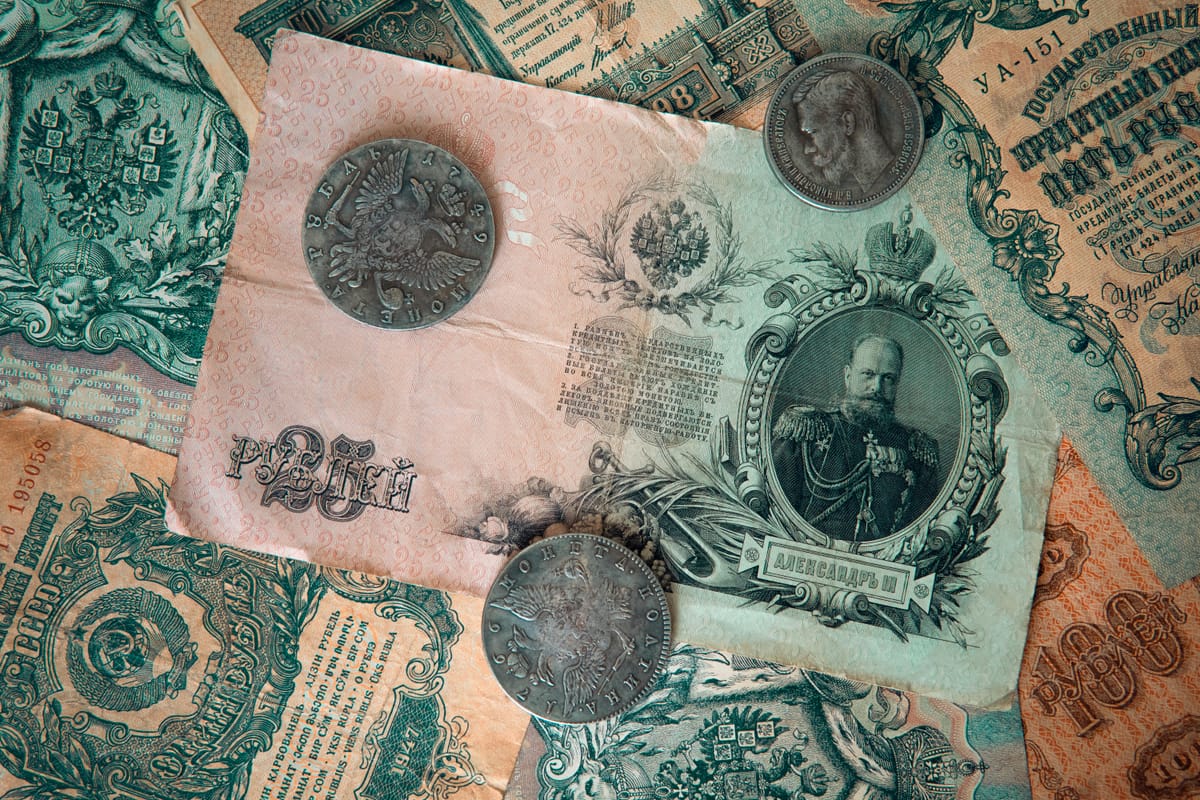The Origins of Money Laundering: From Renaissance Banking to Modern Crime

Money laundering—the process of concealing the origins of illegally obtained funds—has roots that stretch back centuries, evolving from legitimate banking practices into sophisticated criminal enterprises. Understanding its history reveals how financial innovation and criminal ingenuity have long walked hand in hand.
Renaissance Foundations: The Birth of Financial Subterfuge
The foundations of money laundering can be traced to the Renaissance period, when Italian banking houses pioneered many of the financial instruments we recognize today. During the 14th and 15th centuries, merchants and bankers in Florence, Venice, and Genoa developed complex systems of credit, foreign exchange, and international transfers that would later provide the blueprint for concealing illicit funds.
The Medici Bank, established in 1397, exemplified how legitimate banking could obscure the movement of money. Through a network of branches across Europe, the Medicis could transfer funds between countries without physically moving coins, using letters of credit and bills of exchange. While their operations were largely legitimate, these same mechanisms could easily disguise the source of questionable funds.
Renaissance bankers also perfected the art of layering transactions—moving money through multiple accounts and institutions to create confusion about its origins. The complexity of medieval commerce, with its web of partnerships, guilds, and trading companies, provided natural cover for those seeking to hide wealth obtained through less savory means, including political corruption, illegal arms trading, and usury that violated church laws.
The Term Takes Shape
Interestingly, the modern term "money laundering" didn't emerge until the 20th century, allegedly coined to describe how American gangsters used cash-intensive businesses like laundromats to clean their dirty money. The metaphor was perfect: just as a washing machine transforms soiled clothes into clean ones, these operations transformed illegally obtained cash into apparently legitimate income.
New York Gangs: The Modern Template
The prohibition era of the 1920s and 1930s marked the true birth of systematic money laundering in America, with New York's organized crime families leading the innovation. As illegal alcohol sales generated enormous cash flows, gangsters faced the challenge of integrating this money into the legitimate economy without attracting law enforcement attention.
Meyer Lansky, often called the "mob's accountant," revolutionized criminal finance during this period. Working with families like the Luccheses and Genoveses, Lansky developed sophisticated schemes that became the template for modern money laundering. He established legitimate businesses—restaurants, hotels, and entertainment venues—that could justify large cash deposits. These businesses would report inflated revenues, mixing clean money with dirty proceeds.
Lansky also pioneered the use of offshore banking, establishing accounts in Switzerland and later Cuba, where banking secrecy laws protected depositors' identities. He created shell companies and used lawyers and accountants to add layers of legitimacy to financial transactions. His innovations included the strategic use of Las Vegas casinos, where large cash transactions appeared normal and gambling losses could explain the disappearance of funds.
The New York families refined these techniques throughout the mid-20th century. The Gambino crime family, under Carlo Gambino's leadership, integrated money laundering into construction and waste management companies, industries that naturally dealt in large cash transactions. They developed relationships with corrupt bankers and established legitimate businesses that could absorb and justify criminal proceeds.
Evolution and Sophistication
By the 1970s and 1980s, organized crime's money laundering operations had become incredibly sophisticated. The Pizza Connection case of the 1980s revealed how the Bonanno crime family used a network of pizza parlours across the United States to launder drug money, demonstrating how traditional cash-intensive businesses could serve as fronts for massive financial crimes.
These operations typically followed what law enforcement now recognizes as the three-stage money laundering process: placement (introducing dirty money into the financial system), layering (creating complex layers of transactions to obscure the source), and integration (making the cleaned money available for use in apparently legitimate activities).
Modern Implications
The techniques pioneered during the Renaissance and perfected by New York's organized crime families laid the groundwork for today's global money laundering operations. Modern criminals still use many of the same basic principles—shell companies, multiple jurisdictions, cash-intensive businesses, and complex layering of transactions—though they now employ digital currencies, online banking, and international financial networks to achieve unprecedented scale and sophistication.
The estimated $2-5 trillion laundered globally each year demonstrates how these historical innovations continue to challenge law enforcement and financial regulators. From the Medici banks' letters of credit to Meyer Lansky's offshore accounts, the fundamental challenge remains the same: distinguishing between legitimate financial complexity and criminal concealment.
Understanding this historical evolution helps explain why modern anti-money laundering efforts must be equally sophisticated, combining traditional investigative techniques with cutting-edge financial technology to combat crimes that have been centuries in the making.



